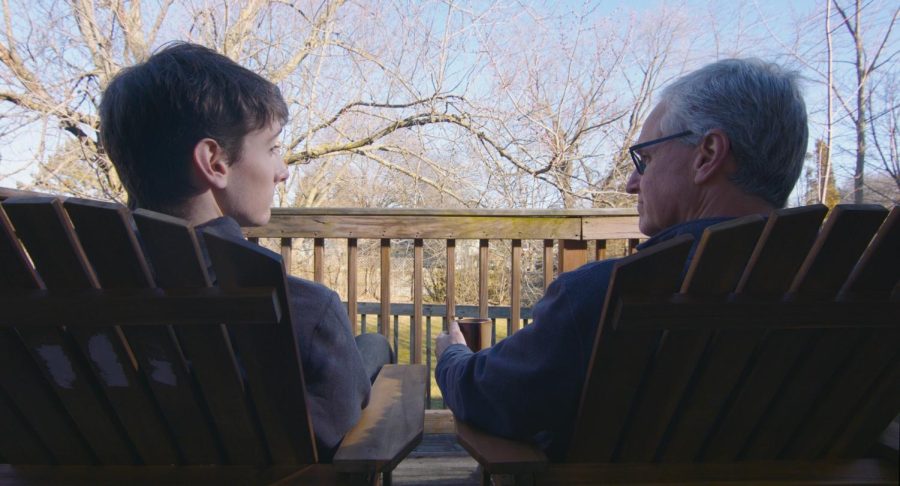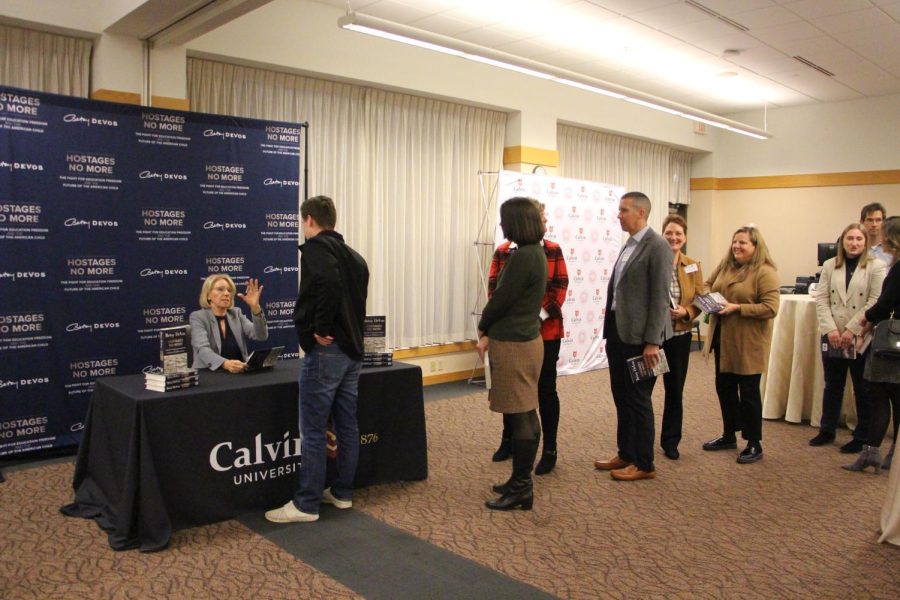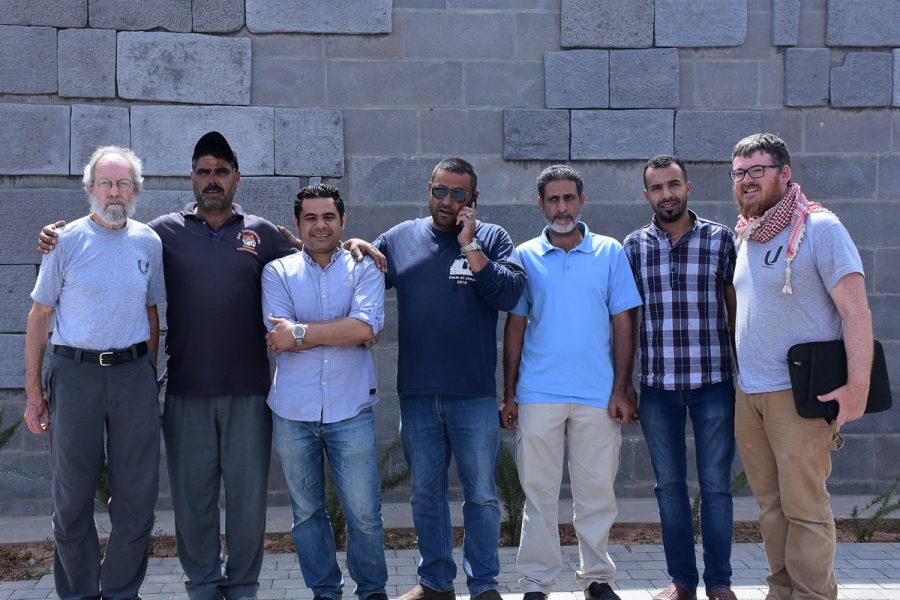For Calvin sophomore Chantelle Yazzie, sugar is more than just a homework boost at 1 a.m. — it’s a threat to her family and her people.
After growing up on a Navajo Indian reservation and seeing the effects of sugar on her tribe, the 19-year-old student is now using her artistic talents to send a message to the 174,000 people back home.
Yazzie used granulated sugar on black paper to form the piece, “The Sugar Project: Modern Day Navajo Monster,” an image of two Navajo people facing back-to-back.
She also produced a short video, which was featured with her artwork on “Wellbound Storytellers,” a blog for Native Americans concerned about health and wellness.
Yazzie’s art addresses the rising concern of diabetes and obesity among Navajo people, especially in the Navajo Nation, a reservation in New Mexico, Arizona and Utah where Yazzie lived for 18 years.
“I know the Navajo Nation has a huge problem with diabetes and obesity on the reservation,” said Yazzie. “I feel a video that is powerful and straight to the point is the only way people will see [that] sugar and foods high in fat are essentially killing them both physically and culturally.”
Diabetes rates are four times higher among Navajo people than the United States average, according to the National Diabetes Information Clearinghouse.
Yazzie’s sister, Heather Yazzie-Kinlacheeny, 27, who teaches at a technical college on the reservation, has seen the impact of diabetes firsthand.
“When I saw my grandmothers and parents having diabetes, it was okay; they learned to work around it,” she said. “The part that hit me was when I started to see it in the younger generation. There is a problem if people my age are carrying around insulin. It really opened my eyes.”
In order to make her message clear, Yazzie spent about two days sketching the images onto black paper and brushing the sugar to form two faces.
“The use of sugar depicts, to me at least, that it is readily available and easy to get in large amounts,” she said. “I tried to depict sugar as being this beautiful, sparkly incentive in my photos and art piece. It does draw you in and it does make food more appealing.”
She based the idea off the Navajo creation story, in which different monsters were released onto earth to keep the Navajo people in line.
“I used this concept of a monster to show the Navajo people that we have created our own monster and, slowly, it is killing us,” she said. “ Now we have to work with one another to kill this monster.”
But the sugar is more than just a medium in the piece. The faces are skulls and their eyes and mouths form X’s, signifying that sugar is killing the Navajo people and culture.
Yazzie said she fears that the health problems with her people are endangering the Navajo language and culture.
“Without balance…the language disappears, which essentially kills the essence of what it means to be a Navajo. I think both sugar and addiction are the monsters.”
The people in the artwork stand back-to-back, representing the division in relationships that sugar causes the Navajo people.
“The greed and desire for sugar is much too great and exceeds the desire to maintain and cultivate relationships,” she said. “I feel sugar is coming in between relationships and disturbing this balance of relationship which thus distorts what it means to be a Navajo.”
Yazzie-Kinlacheeny said that the piece demonstrates Yazzie’s bravery to speak her message on the reservation.
“She has a lot of courage to do that,” said Yazzie-Kinlacheeny. “To speak in that manner and to know that it’s reaching out to thousands of people is powerful. Navajo people are very critical and sensitive when it comes to that information.”
Yazzie-Kinlacheeny said that the artwork also shows a transformation in Yazzie’s role in the Navajo community and in her family.
“She’s making that transition to teaching, even though she’s a part of that younger generation,” said Yazzie-Kinlacheeny. “We always think of her as little Chantelle, but a lot of people are listening. I’d be scared to do that, but she did it.”
While Yazzie wants to help the thousands of people on the reservation, she hopes her message resonates with two of them in particular: her parents.
“My parents are both pre-diabetic, and I worry about them,” she said. “I love them and want them to be in my life for a while longer.”
Yazzie’s father hasn’t seen the piece yet, but she said that her mother broke into tears when she saw how important it was to Yazzie.
“I really wanted to tell my mom and dad that I love you, but we need to change,” she said. “I love my people, but we need to change.”








